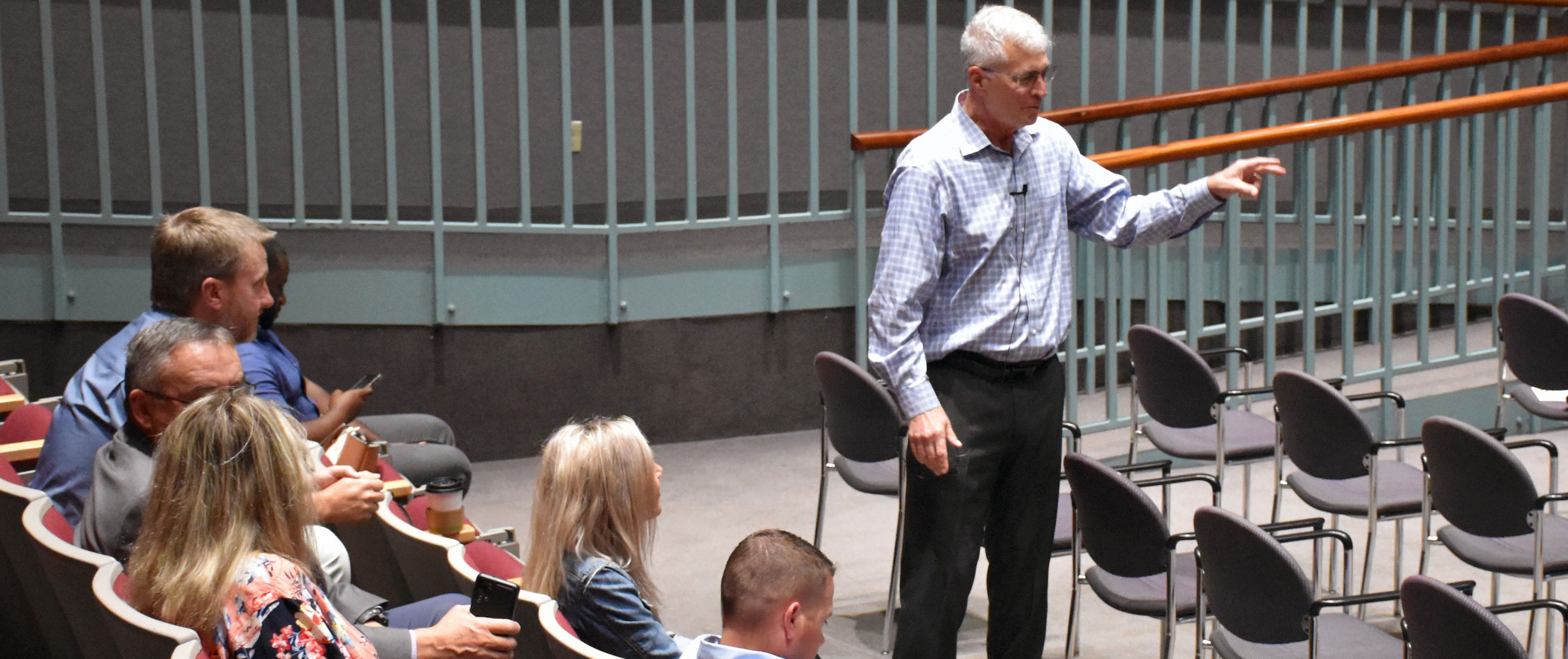Health Care Cost– the silent, dangerous blood pressure equivalent of the Industry
I remember the one of the first things we were taught in psychiatry was the adage: “The patient will not change until the pain of staying the same exceeds the pain of changing”.

How true! It completely defined the fundamental challenge of psychotherapy. The patient was only motivated to change when the pain of the present situation exceeded the pain of moving forward. Understandably, gaining personal insight and then making difficult decisions to change lifelong habits often is a very painful process, and a true obstacle in the path of mental health. Put bluntly, “You won’t stop getting what you are getting until you stop doing what you are doing”.
As I pursued my practice of internal medicine, the truth of the adage continued to apply:
A patient came in to see me for a physical, “I’m feeling fine, doc. I’m just here for a routine physical.”. Upon exam, all was well except his blood pressure was 180/100. I told him that he was not “fine” and that he had hypertension, a potentially dangerous disease. I proceeded to outline what he could do to improve his blood pressure such as lose weight, exercise and decrease salt in his diet. He politely listened, but left the office clearly not interested in making those changes.
Several years later he returned to my office, “Doc, I’m just here for another physical. I’m feeling fine. Glad I didn’t do all those unpleasant things you told me last visit”. Once again, the physical exam was unremarkable but now his blood pressure was 220/100.
I told him all is NOT fine. He now had severe, uncontrolled hypertension perhaps even requiring hospitalization to restore his blood pressure to normal. Reaffirming he was ok, he left the office against my advice.
The next day he was brought to the hospital by ambulance with a massive stroke!

We clinicians have learned painfully over the years that it sometimes takes a horrible event to finally motivate the patient to change. After the stroke, my patient was very eager to comply with treatment, but now it was too late. The damage was done… a catastrophe that was likely preventable.
The fact that the patient does not have symptoms is the primary challenge in treating hypertension in clinical practice. The blood pressure is viewed as just a number with no tangible relevance to an illness. The treatment options we offer are for the most part not pleasant, so the patient is not motivated to make the appropriate changes… until something bad happens.
The old adage was once again spot on.
Health Care Cost- The Blood Pressure Equivalent of the Industry
Today we are faced with an uncanny equivalent to blood pressure in health care economics- and it’s equally scary. It is called “health care cost”. Like high blood pressure, health care cost is largely asymptomatic to the system. Health care cost has been increasing faster than cost of living every year. The potential remedies are painful– politically, socially and economically. So, health care cost, like the hypertension in my former patient, continues to rise in our country unabated. It is considered just a number without tangible significance.
Paradoxically, these increasing costs have actually been beneficial to the health care industry. Hospitals, physicians and every sector in health care, including the insurance companies (by getting a percent of total premium), have prospered with the increased costs every year. And so far, employers have figured out a way to suck up the increased premiums. But health insurance costs are increasing much more than the profit margins of the employers, and they can no longer sustain these annual premium increases. The cumulative effect is overwhelming. And employers’ solution so far is to pass on the additional cost to the employee in terms of higher deductibles or higher co-payments, with less benefits.
But for the industry, health care cost equates to health care revenue. In an industry driven by reimbursement for volume, any decrease in the health care cost is a decrease in revenue for some sector of the industry. Put simply, any decrease in health care costs is a “pay cut” for someone in the health care industry. And who wants to volunteer first for that! So the beat goes on.
Let’s face it. Last year (2015) was one of the best years ever for hospitals across the country. Physicians, despite all the moaning and groaning about having to work harder, had the best year ever in terms of compensation. And patients were seen. The system isn’t broken. Where is the pain?
I have often argued that our single biggest challenge in health care is how to intervene and make the necessary changes while the system is still asymptomatic…. Before the inevitable economic stroke from runaway costs.
And now a wake-up call – Like the TIA before the stroke?
Late last month America received a major sticker shock—the 2017 health care premiums will rise a record amount of 25% on average, with many markets sustaining even higher rates. Let the pain begin.
In the short term, the problem will be myopically focused on the foibles of Obamacare with its rich benefits and the adverse selection created by eliminating uninsurability, extending coverage to age 26, and providing inadequate penalties for non-participation (By the way, the first two are pretty good!). But of course, the cost of health insurance goes up. Could we finally have hit the breaking point?
We are seeing the confluence of two factors that are pushing health care costs higher than ever before…. The ongoing trend of high health care costs now being superimposed with adverse selection predictably catalyzed by the infrastructure of Obamacare.
It is high time that the industry recognize that costs are out of control and we need to provide the leadership to manage that trend. We cannot blame it all on the Affordable Care Act.
My fear is that this is the TIA warning sign before the stroke. So far there has been no pain, or more specifically, the pain has been tolerated or self-medicated by patients and the industry.
But time is running out. Just as untreated hypertension for my patient resulted in a massive stroke, so might “untreated” health care cost result in an economic catastrophe for this country.
Now we are feeling the pain. Can it already be too late?
I go back to my adage– “The patient will not change until the pain of staying the same exceeds the pain of changing”- Now the health care industry is the patient. And we are starting to feel the pain.
As I said earlier, the single biggest challenge we face as leaders in health care is how do we make the changes we need to make BEFORE the inevitable stroke. And hopefully, it is not already too late.
Yes, maybe the consequences of Obamacare have exacerbated the situation. But the good news is that health care costs are finally getting the public attention it deserves. Unless we work together to reduce the total cost of health care, we may have to deal with the consequences of a health care stroke.
I remain optimistic that we do have time to make the appropriate changes. But it requires unpleasant decisions and further requires a united front amongst the constituencies of the health care industry.
We as health care leaders must take the initiative. Together we can develop a solution.




